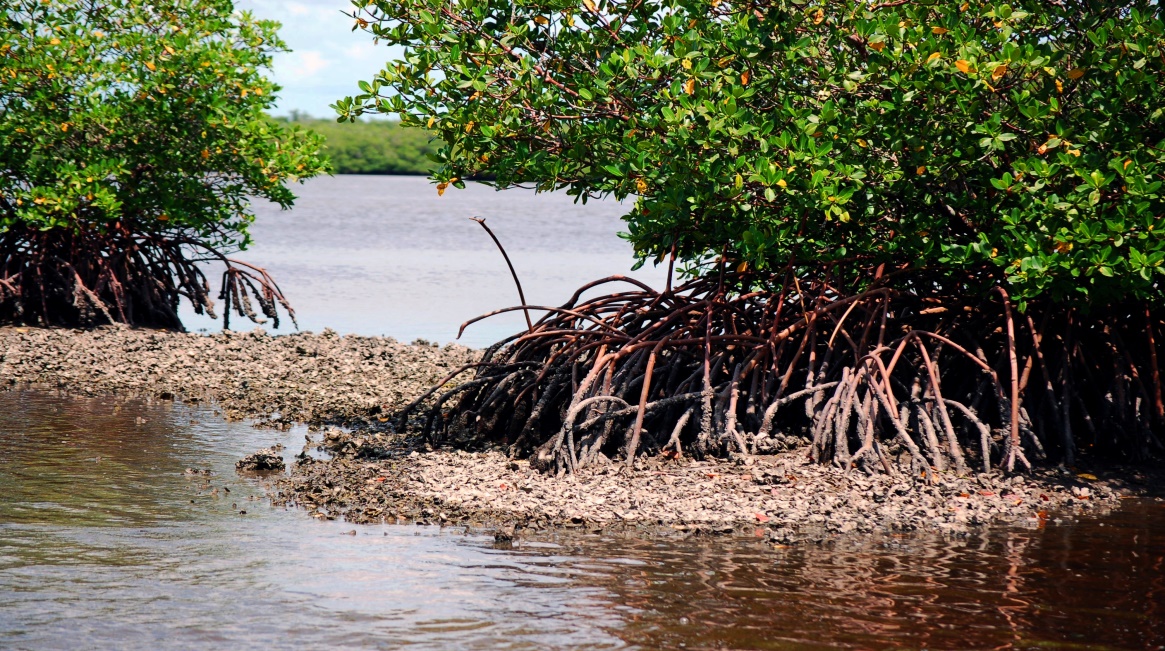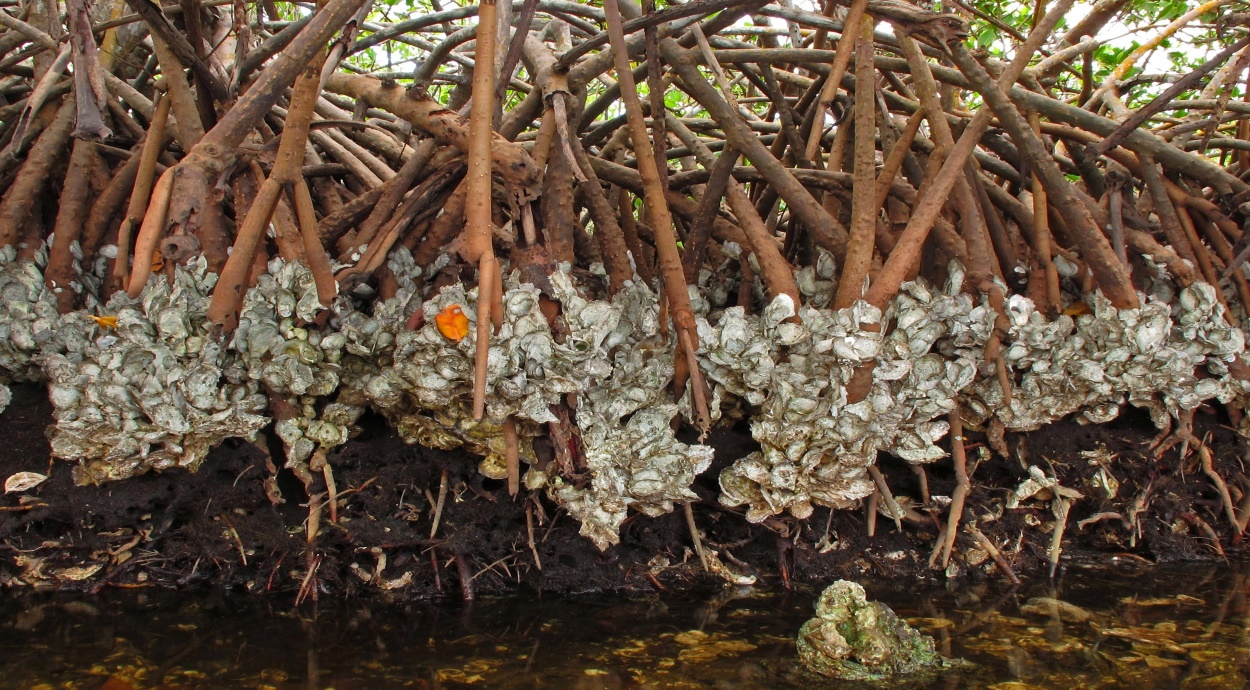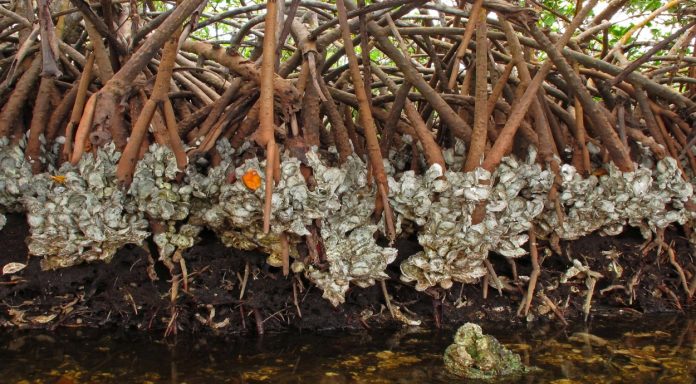Booking a magical glimpse inside Etnia Nativa
Article by Etnia Nativa call us 592 2702 and book your experience!
Each week, Etnia Nativa presents a new episode about cultural heritage, focusing on native knowledge, transcendental wisdom, and the importance of defending the true heart of Aruba. It connects the reader to that mystical aspect of the island’s culture and traditions, encouraging everyone to interact with our unique environment.
During this episode, we will have it regarding Aruban oysters, which used to be part of a small island industry in the olden days.

The mangroves form a green barrier on the south coast of our island-transitional vegetation from land to sea that offers great protection and forms a unique ecosystem in its own right. These topics were explained in previous episodes (III–3 and CXXV–128).
Despite the importance of mangroves as ecosystems and for the survival of certain communities around the world, in the last four decades, thousands of hectares of mangroves have been lost due to human actions such as deforestation, the changing climate, and industrial toxic waste waters.
The thickets of roots created by mangroves provide a natural barrier against the slings and arrows of extreme climate phenomena, allowing hundreds of families to subsist on what thrives in those forests- for example, the tradition of artisanal fishing in some places. If mangroves disappeared, it would be the end of the subsistence of many coastal regions around the world in which they are a source of life and biodiversity.
In the mangrove reserves, you can also collect mangrove oysters, which provide an important source of nutrition and income for many cultures. This practice used to be part of a small but very successful Aruban industry at the beginning of the 19th century. Unfortunately, it did not prosper since, at that time, the wood provided by the mangrove was way more important than the oysters that lived on its roots. Mangrove wood was used in the construction of forts in Curacao, and the mangroves where oysters grew were especially suitable for the burning of lime. Mangroves were not only cut down to be burned for the building of forts but also to erect towns and cities following European standards. Therefore, many of our Aruban mangrove trees were cut down, reducing the growing production of oysters drastically.

If this small industry had not been destroyed and if it had been well cared for, it could have kept its good source of profit both then and now. At that time, it was a very famous industry since our harvested oysters tasted way better and were much larger than those from Curacao and the rest of the Caribbean islands.
Large quantities of oysters grew among the roots of the mangroves and could be seen even at the bottom of the sea from branches hanging in the water. Only a few branches needed to be cut or lifted to obtain an abundant supply of oysters.
The number of shells they collected depended on the tide and the time they spent in the mangroves (generally five to six hours a day). After filling their baskets one shell at a time, they cleaned their catch and were ready to market.
Although collecting mangrove oysters is not an easy task since you must immerse yourself in the mud up to your waist, looking for them between the cracks, and also being very alert to insect bites, getting trapped between the roots, and being bitten by certain animals like snakes that are hidden among the tree branches and roots, mangrove oysters continue to be a source of income for many different coastal communities around the world. The disappearance of mangroves would be the end of life in coastal regions that totally depend on them.
So if you are interested in really getting to know all about your travel destination: the flora, fauna, geology, history, and autochthonous art, as well as the true identity of the island, book a visit to Etnia Nativa, a unique native gem! Let Anthony, our newspaper’s acclaimed cultural columnist, guide and lecture you regarding the most interesting and revealing stories about Aruba’s undiscovered native ethnicity, an adventure beyond beaches and tourist traps. Visit his magnificent dwelling that integrates natural and reused materials, bursting with culture and island heritage, and you’ll love our island beyond beaches!
Appointments and confirmations trough WhatsApp +297 592 2702 or etnianativa03@gmail.com




















